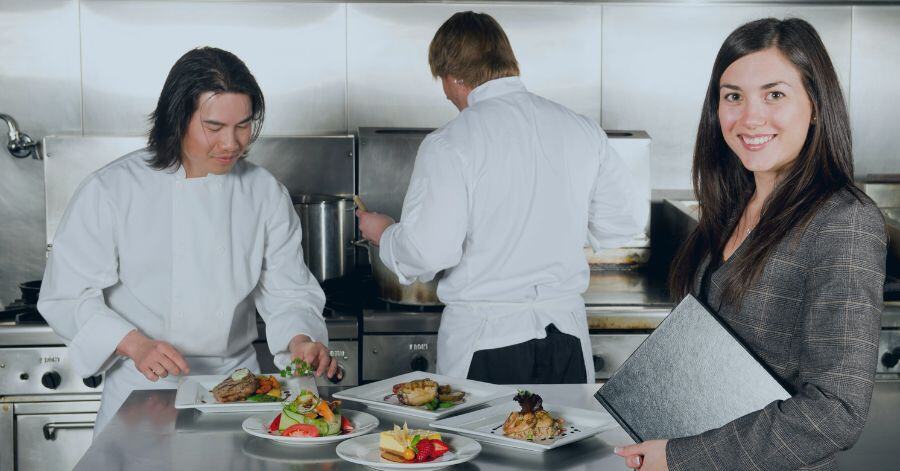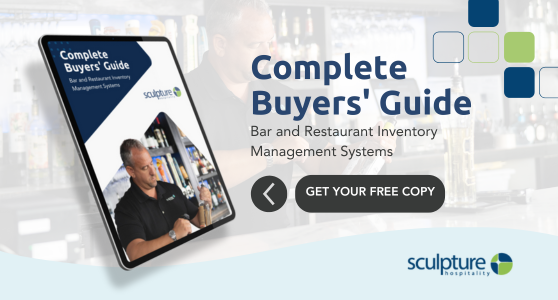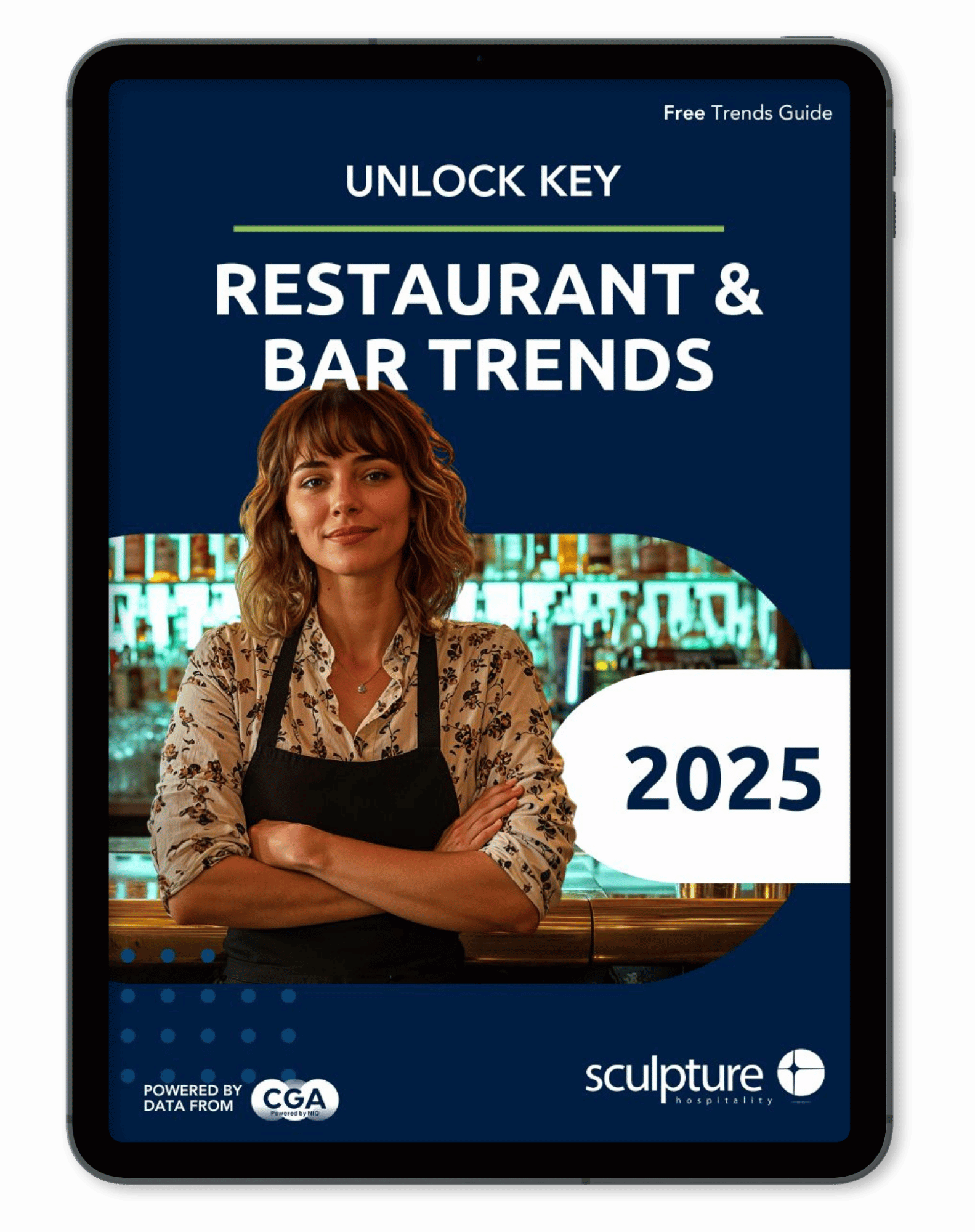Nobody said running a restaurant is easy. Between managing staff, keeping customers satisfied, and ensuring the kitchen operates like a well-oiled machine, it can feel like you’re constantly juggling a dozen different things.
That can feel pretty tiring, right?
Well, we’re here to hopefully make running your business that little bit easier. With the right strategies in place, you can streamline your operations and create a more efficient, profitable business.
What is Restaurant Management?
Restaurant management is the art and science of running a restaurant efficiently and effectively. It’s about making sure everything runs smoothly from the kitchen to the dining room. It’s about keeping your team motivated, your customers happy, and your bottom line healthy.
At its heart, restaurant management is all about balance. You’re juggling a lot of responsibilities: hiring and training staff, managing inventory, keeping the quality of your food and service top-notch, and making sure the finances add up. Plus, there’s the not-so-glamorous but essential side of things, like ensuring health and safety regulations are met.
But it’s not just about getting through the day-to-day. Good restaurant management is about creating an experience that keeps customers coming back. It’s about making sure your restaurant not only survives but thrives in a competitive industry.
Whether you’re running a cozy café or a bustling restaurant, the goal is the same: smooth operations, happy customers, and a business that’s both enjoyable and profitable.
Restaurant Management Tips to Improve Your Efficiencies and Profitability
Here are 15 practical tips to help you improve efficiencies in your restaurant management.
- Streamline Your Menu
A complex menu can slow down your kitchen and overwhelm your staff. By focusing on a more concise menu with fewer, well-executed dishes, you can speed up preparation times, simplify inventory management, and even enhance customer satisfaction. Stick to what you do best, and ensure that every item on your menu is a hit.
For more information on creating the perfect menu, check out our blog - How to Build a Restaurant Menu: Your Complete 6-Step Guide.
- Implement a Training Program
Well-trained staff are more efficient and effective in their roles. Invest in a comprehensive training program that covers everything from customer service to food safety and operational procedures. It’s important to regularly update your training materials to keep your team sharp and aligned with the latest best practices.
For handy tips to improve your staff training strategy, read our blog - How to Train Restaurant Staff: Cross-Utilization.
- Utilize Technology
Modern technology can transform the way you manage your restaurant. From point-of-sale (POS) systems to inventory management software, the right tools can help you track sales, manage stock, and streamline your operations. Consider investing in technology that automates routine tasks and provides valuable insights into your business performance.
- Focus on Inventory Control
Efficient inventory management is essential to reducing waste and controlling costs. When done correctly, inventory management will help you drive up your bottom line and increase your company’s profitability. To do this, regularly count your inventory, track what’s selling, and reorder supplies just in time to avoid overstocking. Use inventory management software for more accurate calculations and improved internal efficiencies within your team.
- Standardize Procedures
Consistency is crucial for efficiency. That’s why it’s critical you standardize your operating procedures - from how orders are taken to how dishes are prepared. This reduces confusion, minimizes mistakes, and ensures that your customers have a consistent experience every time they visit.
- Conduct Regular Staff Meetings
Next up is communication, which is vital in any restaurant. You’ll benefit greatly from holding regular staff meetings where you discuss performance, address issues, and share updates with your team. This not only keeps everyone on the same page but also fosters a team-oriented atmosphere where everyone is working toward the same goals.
- Optimize Staff Scheduling
Your team is likely the key component when it comes to running an efficient restaurant. That’s why all restaurants should use scheduling software to forecast busy periods and ensure they have the right number of staff on hand. Make sure to avoid overstaffing during slower periods, and be flexible enough to adjust schedules based on real-time data and trends.
- Streamline the Ordering Process
The ordering process shouldn't just be seamless for your customers - whether they’re dining in, ordering takeout, or using a delivery service - it should also be easy for your team. It would be fast and simple. Depending on the type of restaurant you operate, consider using tablets or mobile ordering systems to reduce wait times and improve order accuracy.
- Maintain Equipment Regularly
Broken or poorly maintained equipment can slow down your kitchen and lead to costly repairs, and nobody wants that! It’s best practice to create a maintenance schedule for all your equipment and stick to it. Regular maintenance can extend the life of your equipment and prevent unexpected breakdowns.
- Foster a Positive Work Environment
A happy team is a productive team. By recognizing hard work, encouraging teamwork, and providing opportunities for growth, you can foster a positive work environment. A positive atmosphere reduces turnover, boosts morale, and increases overall efficiency - ensuring your team continues to deliver superior customer experiences.
- Improve Kitchen Layout
A well-organized kitchen is essential for efficient food preparation. Ensure that your kitchen layout is optimized for flow, with stations for prep, cooking, and plating strategically placed to minimize movement. An efficient kitchen layout can significantly reduce prep time and improve service speed.
- Encourage Cross-Training
Cross-training your staff allows them to fill in for one another when needed, reducing the impact of absences or busy periods. This flexibility ensures that your restaurant runs smoothly, even when unexpected challenges arise.
- Monitor Performance Metrics
Keep an eye on key performance metrics like table turnover, order accuracy, and average ticket time. Regularly reviewing these metrics will help you identify bottlenecks and areas for improvement. Use this data to make informed decisions and continuously refine your operations.
You can learn more about the importance of data for your business in our blog, Bar and Restaurant Management: Why Data is Crucial to Success.
- Streamline Communication
Efficient communication between the front-of-house and the kitchen is critical to smooth operations. Implement clear communication protocols and consider using technology like kitchen display systems (KDS) to ensure that orders are accurate and timely.
- Embrace Continuous Improvement
Finally, always be on the lookout for ways to improve. Solicit feedback from your staff and customers, stay updated on industry trends, and never stop refining your processes. Embracing a culture of continuous improvement will keep your restaurant running efficiently and successfully.
Improving efficiency in your restaurant isn’t just about cutting costs - it’s about creating a smooth, enjoyable experience for your customers and a positive work environment for your staff.
For more information on how you can improve your internal efficiencies, gain your own personal time back, and improve your profit margins at the same time, get in touch with the Sculpture Hospitality team of inventory management experts today.











